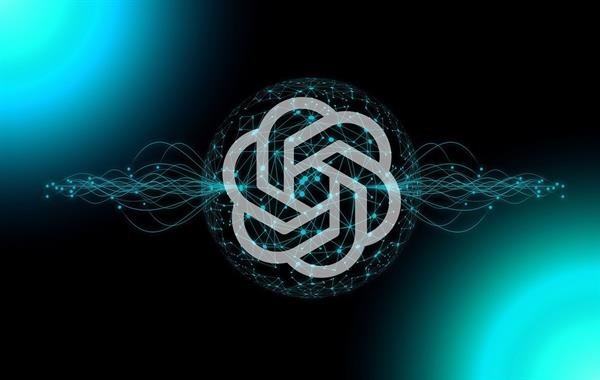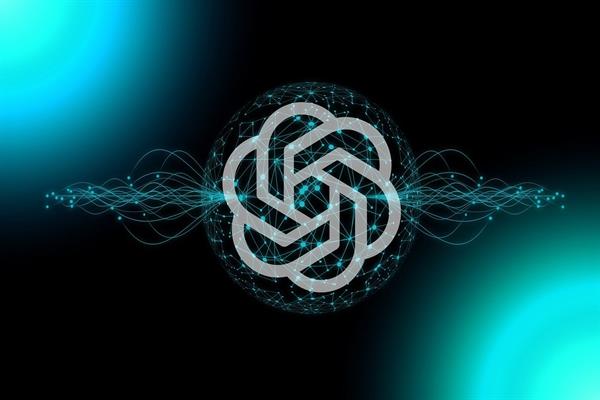OpenAI Reveals GPT-4o: Multimodal AI for Human-like Interaction
OpenAI Reveals GPT-4o: Multimodal AI for Human-like Interaction
OpenAI, the renowned research laboratory in the field of artificial intelligence, has unveiled its most groundbreaking creation yet: GPT-4o. This innovative model marks a significant leap forward in AI capabilities, boasting the ability to seamlessly process and respond to information across various formats – text, audio, and video – in real-time. This multimodal prowess grants GPT-4o the potential to revolutionize the way humans interact with artificial intelligence.

Breaking Down the Multimodal Marvel: Text, Audio, and Video in Harmony
Traditionally, AI models have excelled in specific domains. Language models like GPT-3 thrived in text-based interactions, while others focused on image recognition or voice processing. GPT-4o shatters these limitations by integrating these capabilities into a single, unified system. Imagine a conversation where you can seamlessly switch between typing text, speaking your questions, and even showing the AI an image – GPT-4o can handle it all.
This multimodal functionality is achieved through a complex architecture that allows GPT-4o to learn from and process information across different modalities simultaneously. For instance, during a video call, GPT-4o can not only decipher the spoken words but also analyze facial expressions and gestures, leading to a more nuanced understanding of the conversation. Additionally, the model can leverage its knowledge base to recognize objects within the video frame, further enriching the context of the interaction.
Here’s a breakdown of GPT-4o’s multimodal capabilities:
- Text Processing: GPT-4o inherits the exceptional text-based capabilities of its predecessors, enabling fluent and insightful communication through written language.
- Audio Processing: The model can analyze and understand spoken language, allowing for natural voice-based interactions similar to conversing with another human.
- Video Processing: GPT-4o’s ability to interpret visual information adds another layer of understanding. It can recognize objects and scenes within the video frame, enriching the context of the conversation.
A Paradigm Shift: Redefining Human-AI Interaction
The implications of GPT-4o’s multimodal capabilities are vast. Here are some potential applications that could transform the way we interact with AI:
- Enhanced Customer Service: Imagine a customer service agent that can understand your questions regardless of whether you type them, speak them, or even show a screenshot of the issue you’re facing. GPT-4o can streamline customer service interactions by providing a more natural and efficient communication channel.
- Revolutionizing Education: Educational platforms could leverage GPT-4o to create personalized and interactive learning experiences. Students could receive tailored explanations in their preferred format – text, audio, or a combination – leading to a more engaging and effective learning process.
- The Future of Virtual Assistants: Imagine a virtual assistant that can understand your requests intuitively, regardless of how you communicate them. GPT-4o paves the way for virtual assistants that seamlessly integrate into our daily lives, anticipating our needs and responding in a comprehensive and human-like manner.
Beyond Communication: Potential Applications in Creative Fields
The potential applications of GPT-4o extend beyond communication. Here’s how it could empower creativity:
- Collaborative Art Creation: Imagine an AI model that can not only understand your artistic vision but also actively contribute to the creative process. GPT-4o could analyze existing artwork, suggest creative variations, or even generate new artistic concepts based on your input, fostering a collaborative art experience.
- Revolutionizing Content Creation: Content creators could utilize GPT-4o to streamline their workflow. The model could help with tasks like scriptwriting, generating storyboards, or even composing music based on specific themes or styles.
These are just a few examples of the vast potential that GPT-4o holds. As this technology matures and becomes widely accessible, we can expect even more innovative applications to emerge across various industries.
Addressing the Challenges: Transparency, Explainability, and Bias
While GPT-4o represents a significant leap forward in AI, some challenges need to be addressed. Ensuring transparency and explainability in the model’s decision-making process is crucial. Users need to understand how GPT-4o arrives at its conclusions and how it utilizes the information it gathers across different modalities.
Furthermore, mitigating potential biases within the model is essential. As GPT-4o learns from vast amounts of data, it’s crucial to ensure this data is diverse and representative to prevent the model from perpetuating existing societal biases. OpenAI has a responsibility to develop and implement safeguards to ensure GPT-4o remains unbiased in its interactions.
Conclusion: A New Era of Human-AI Collaboration
The unveiling of GPT-4o marks a pivotal moment in the evolution of AI. This multimodal powerhouse opens doors to a future of seamless and nuanced human-AI interaction. As we move forward, the focus should be on harnessing GPT-4o’s potential to foster a collaborative future, where humans and AI work together to achieve new heights.
This collaboration can take many forms. Humans can leverage GPT-4o’s ability to process vast amounts of information to gain deeper insights, solve complex problems, and make informed decisions. Conversely, AI can benefit from human creativity, intuition, and ethical judgment to ensure its applications remain aligned with human values.
OpenAI’s commitment to responsible AI development is crucial in this journey. By prioritizing transparency, explainability, and bias mitigation, we can ensure that GPT-4o serves as a powerful tool for good, empowering humans and AI to work together for a brighter future.
However, the path forward won’t be without challenges. Ethical considerations surrounding data privacy, potential job displacement due to automation, and the responsible development of artificial general intelligence (AGI) need careful consideration. Open dialogue and collaboration between researchers, policymakers, and the public will be essential in navigating these challenges and ensuring that AI technology is developed and used in a way that benefits all of humanity.
Here are some additional points to consider for the future of human-AI collaboration with GPT-4o:
- The Rise of Human-Augmented Intelligence (HAI): GPT-4o can empower humans to become more efficient and effective in various tasks. Imagine doctors utilizing the model’s real-time medical data analysis capabilities during surgery, or researchers leveraging its ability to process vast scientific papers to identify groundbreaking research avenues.
- Democratizing AI Access: Making GPT-4o and similar models accessible to a wider range of users, not just large corporations, will be crucial for fostering innovation across various sectors. This could lead to the development of groundbreaking solutions in areas like healthcare, education, and environmental sustainability.
- The Evolving Role of Education: As AI capabilities continue to advance, education systems will need to adapt to prepare future generations for a world where human-AI collaboration is the norm. Educational curriculums should equip students with the skills necessary to work effectively with AI, fostering creativity, critical thinking, and ethical decision-making alongside technical expertise.
In conclusion, GPT-4o represents a significant leap forward, ushering in a new era of human-AI collaboration. By embracing this collaboration responsibly and ethically, we can unlock a future filled with immense potential for progress and innovation across all facets of human endeavour.
Article Reference: OpenAI Reveals GPT-4o: Multimodal AI for Human-like Interaction





